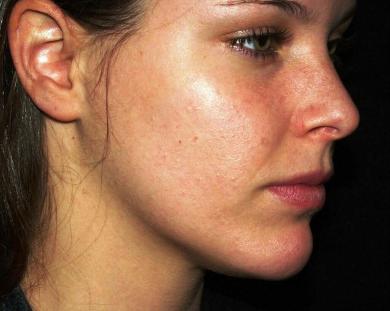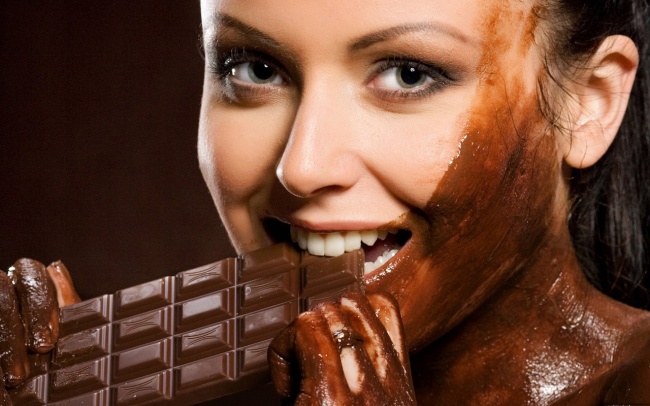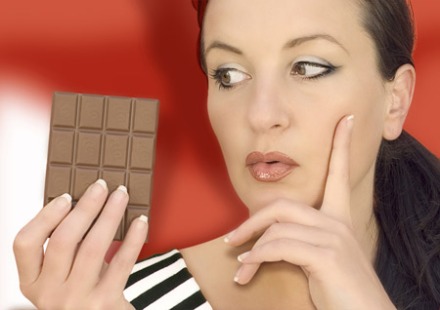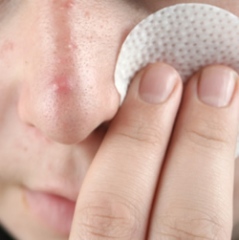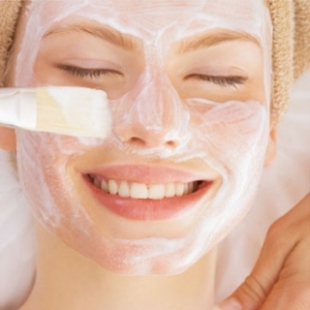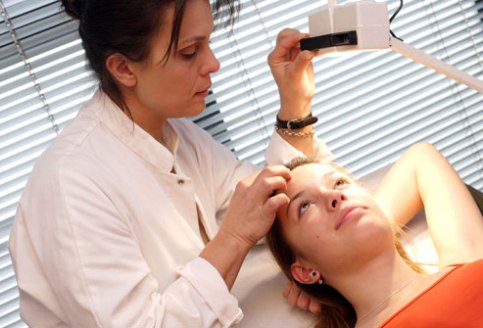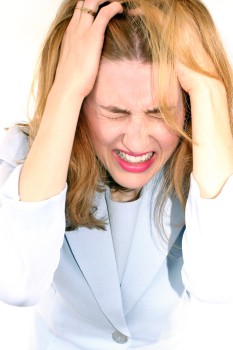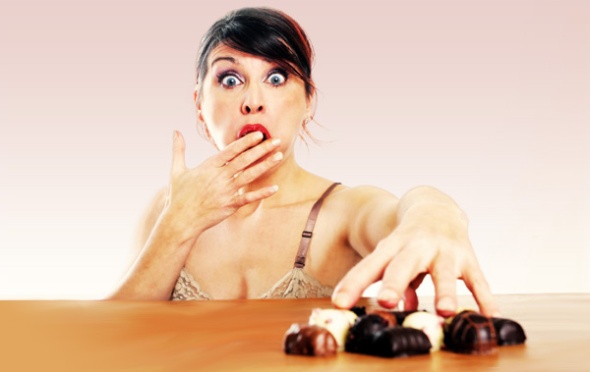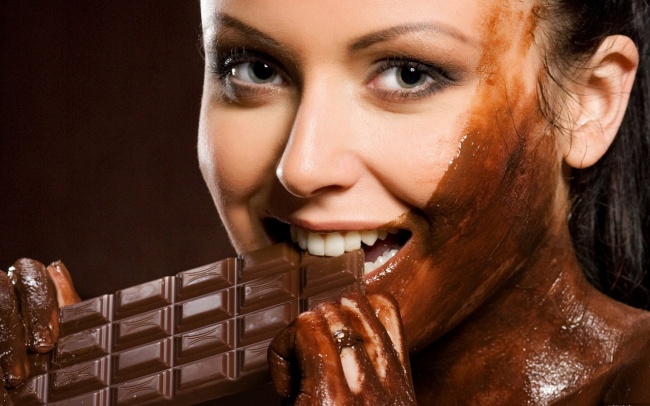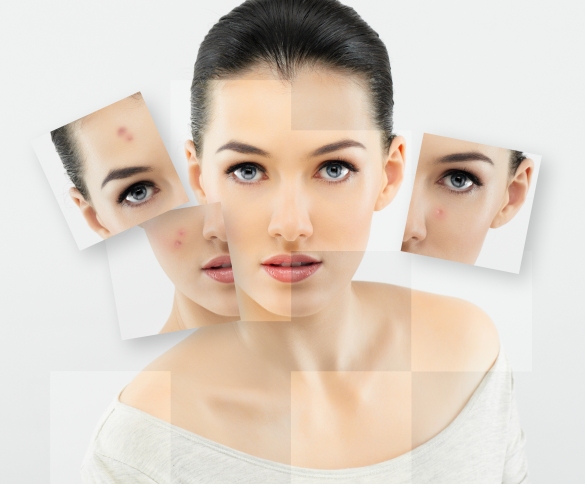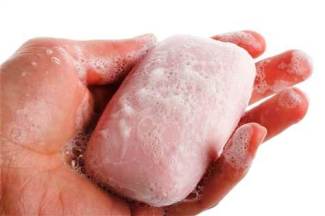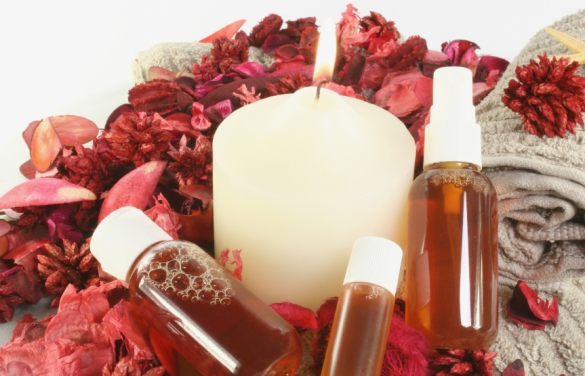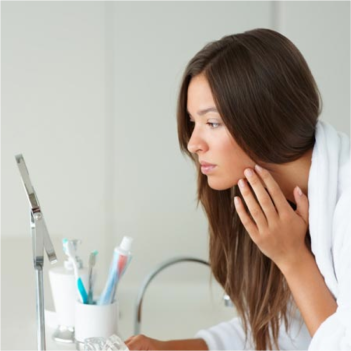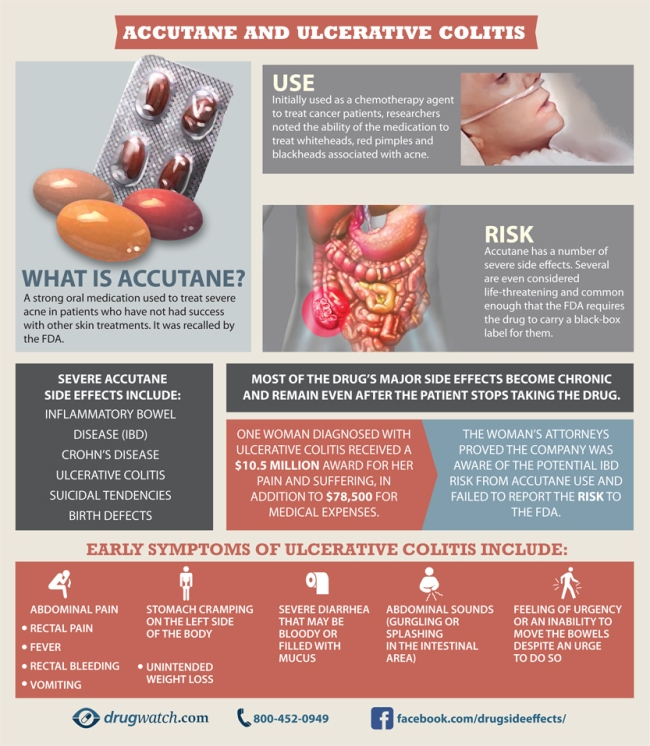Is your acne getting worst this summer? It seems like it is proliferating all over your body: face, neck, and back. The backne is noticed to be severe and larger; is a lot harder to cure because it has more oil-sebaceous glands, which is larger those of on the face. Thus, this season needs a thorough, keen attention to take care of your skin. Here are some of the surest ways to get rid of acne:
Seek expert help for severe acne – A short course of oral antibiotics may be needed to treat severe acne, so it’s better to see a doctor. “Antibiotics will reduce bacteria and fight inflammation. However, for deep cysts, Isotretinoin, a powerful medication may be needed but strictly under a doctor’s guidance. Oral contraceptives that balance your hormones can also help, but they may have other side effects,” says Dr Navin Taneja. If you are ready to splurge, you can also opt for advanced corrective treatments such as laser and light therapies. “Laser treatments damage the oil glands, causing them to produce less oil, while light therapy targets the bacteria that cause acne inflammation,” adds Dr Taneja.
Work out your way to acne-free skin – Exercise can help control acne by taming the testosterone hormone that cause excess production of sebum. Cortisol or the ‘stress hormone’, produced by the adrenal gland just above the kidney, is also linked with acne. Cortisol secretion increases when a person is under stress, starving or sleep-deprived. Exercise helps tame cortisol levels. “A 30-45 minute long brisk walk or slow jog several times a week may help reduce acne by normalising the hormones that contribute to those ugly bumps and pustules,” says Dr Anju Ghei of VLCC Healthcare.
Walk, jog, cycle – Outdoor exercises pamper your skin with fresh air and a bit of sun. One of the best exercises is swimming, as water keeps your skin hydrated.
Feel good – Find an activity that you love doing. It can be yoga, Pilates or anything that helps you feel better from within, thus triggering secretion of the feel good hormones. Regular physical exercise helps release endorphins that can boost your confidence and self esteem.Home remedies
Cucumber – The cooling effect of cucumber soothes the skin and in turn, prevents acne outbreaks. Cucumber is also a source of natural astringent, and hence is very effective when it comes to tightening skin pores.
Lemon juice – The acidic property of lemon is quite beneficial for acne treatment. Take a slice of lemon, rub it on your face, leave it for a few hours and rinse off with cold water. Lemon cleans the dirt accumulated on the pores, and hardens the sebum.
Tea tree oil – Tea tree oil acts like an antiseptic and helps in removing damaged skin cells by slightly irritating the skin. This oil is like a solvent and cuts through grease and dirt, thus unblocking the pores. Its antibacterial properties prevents further outbreaks. You can even add a few drops to your bucket of water for bathing.
Aloe Vera juice – Aloe Vera cannot cure acne but its natural healing and soothing properties reduces swelling and redness of acne. Just pick a thick leaf from an aloe vera plant, wash and process in a juicer, and dab the juice with a cotton ball on the affected area, twice daily.
Neem extracts – Neem kills the bacteria that often cause acne. Make a paste of neem leaves by adding little water, and apply it on the affected areas. Leave for about 30 minutes and rose off with cold water. To treat back acne, boil a bunch of clean neem leaves in water, and let the water cool, bathe twice daily with this water.
Right Diet to Fight Acne – Fibre plays an important role in getting rid of body toxins. Eat cereals and fibre-rich food and vegetables such as blueberries, grapefruit to detoxify body and clear your skin. Include Vitamin A in your diet as it is a good source of carotenoids that reduces sebum production. Carrots, papaya, spinach,and tomato juice are all rich sources of carotenoids.
Avoid processed foods as they are high in saturated fats and transfat, and can lead to an increase in sebum production, thereby triggering acne. If you have a persistent acne problem then food items like deep fried chips, French fries, pakodas, aloo tikkis etc are a strict no-no for you. The saturated oil content also increases cholesterol in the body, leading to poor blood circulation, and this can worsen your acne problem.
Source: http://www.hindustantimes.com/Entertainment/Wellness/Get-rid-of-Summer-acne/Article1-1056940.aspx

